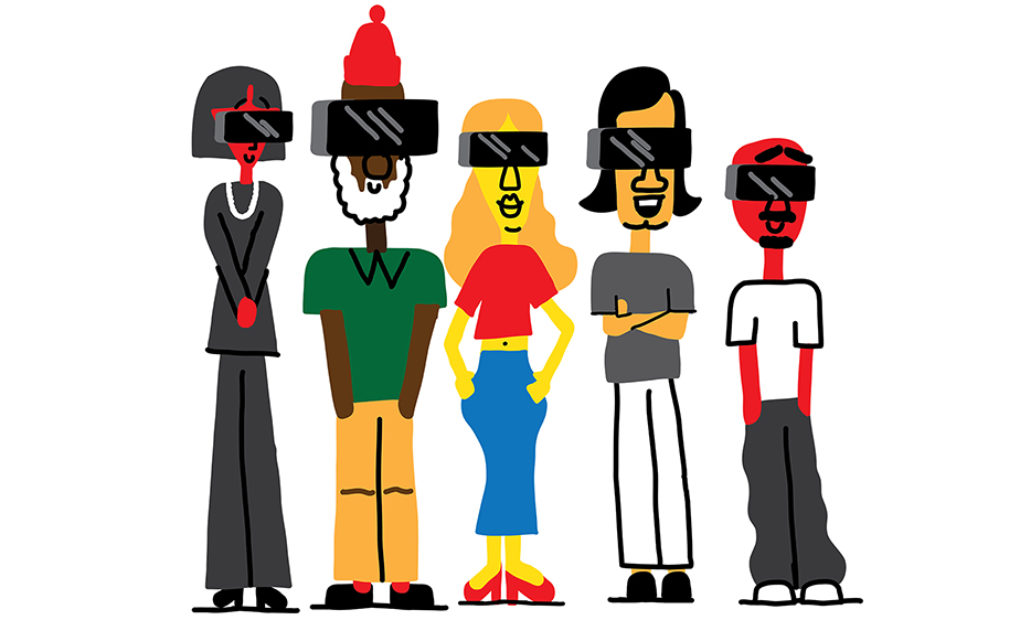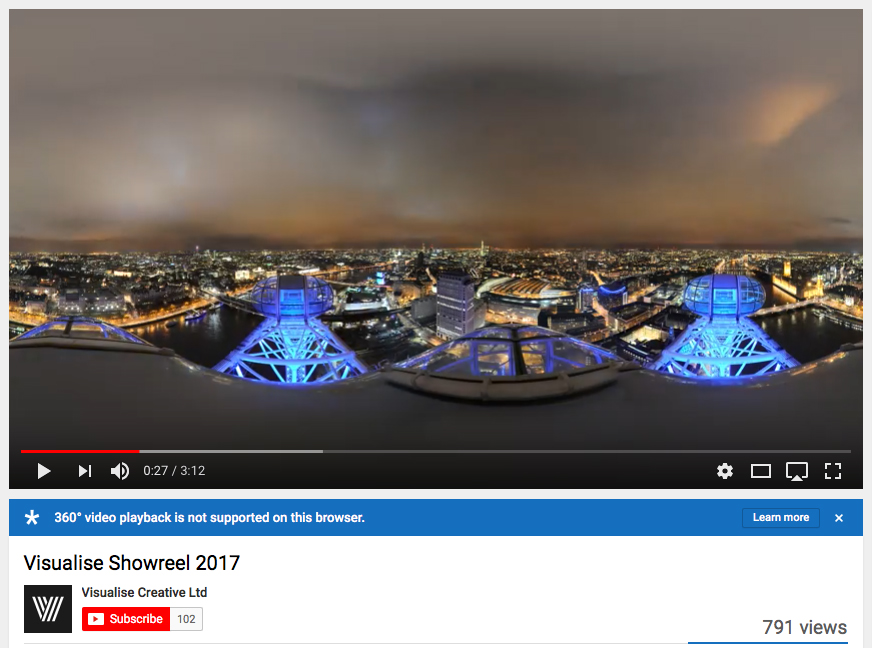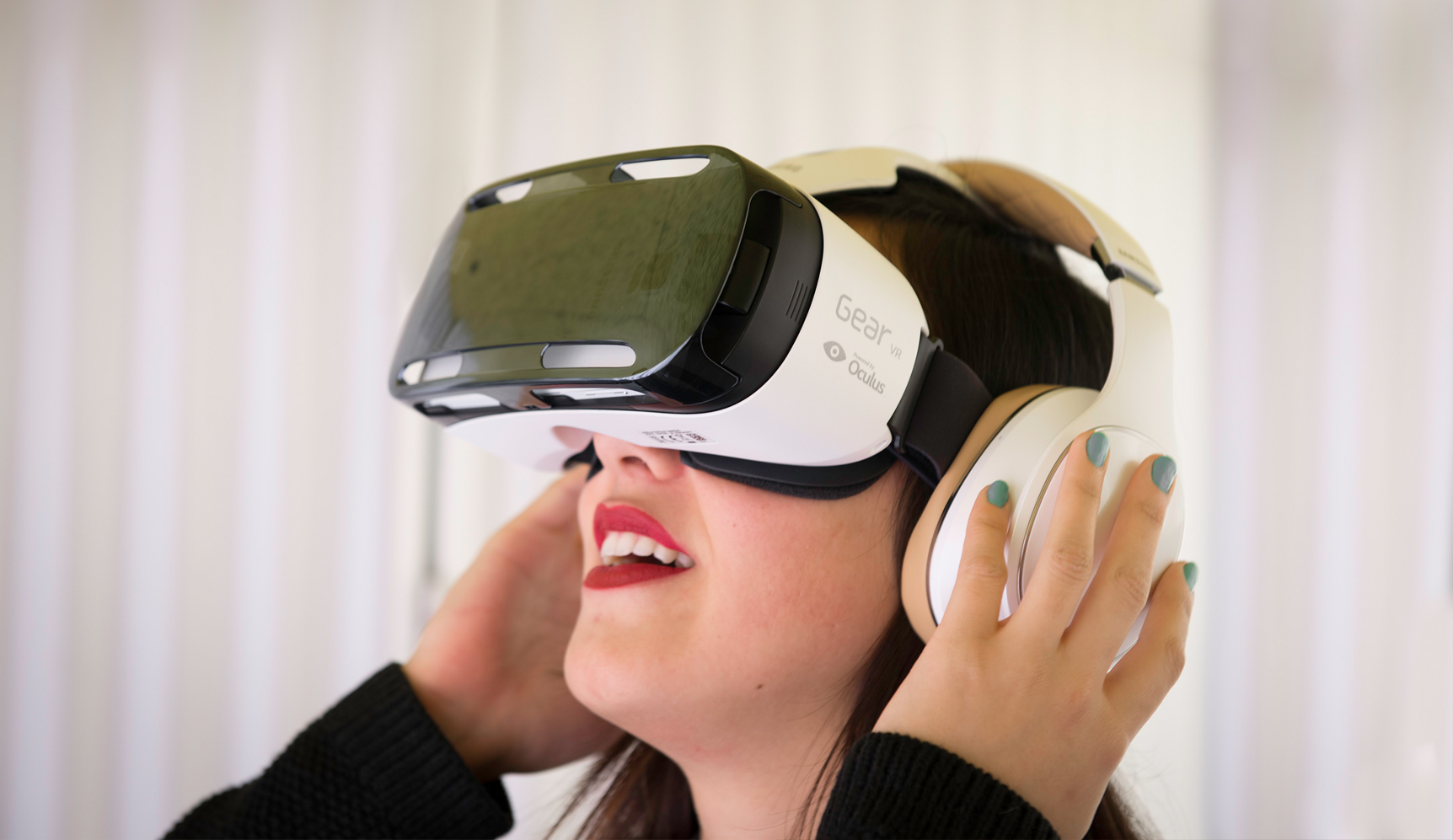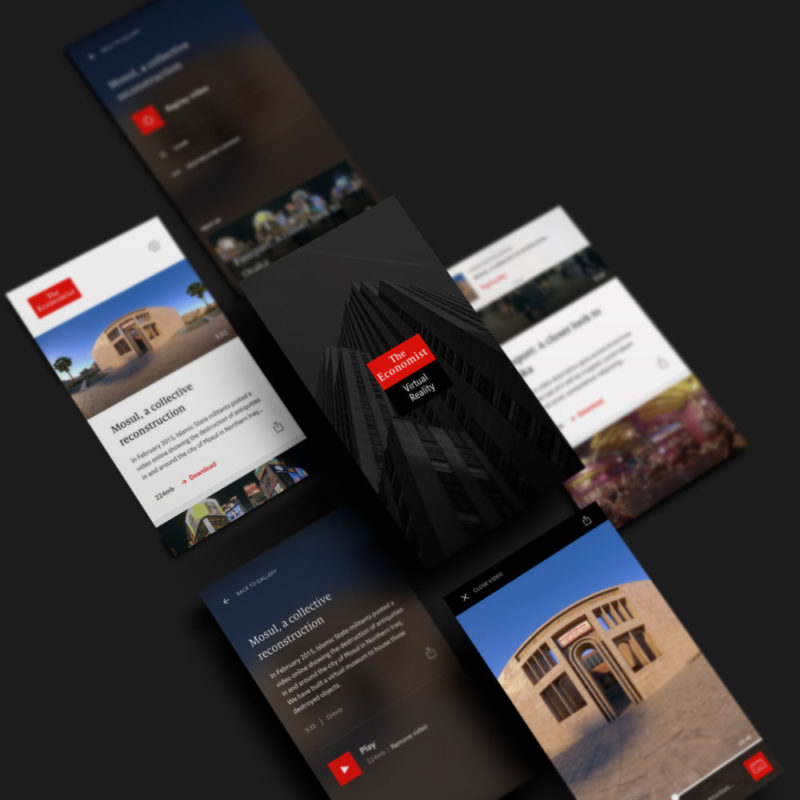
360° Video Distribution – How to Effectively Share VR Content
360° video content is quickly moving from the realms of science fiction and into every business’ marketing periphery. This newly affordable form of immersive content is now within the grasp of many, leaving the issue of distribution as the final stumbling block.
We’re here to guide you through the (sometimes) confusing world of VR distribution to show you that there are plenty of accessible ways to share 360° videos—some of which you’re probably already using.
VR Distribution: The Misconceptions
A commonly held misconception about VR distribution is that you need an expensive piece of kit to be able to experience it. Although a high-end headset is an excellent way to view VR, 360° videos can be rolled out to the masses in a number of ways. Headsets aren’t a necessity.
The second mistake people often make is to view YouTube 360 content on an incompatible browser. YouTube 360 only works on Chrome, Firefox, MS Edge and Opera. Basically, if you’re using Safari, 360° content is going to look rubbish.

**Wrong browser alert** - our Showreel looking rubbish on YouTube in Safari.
Now that we’ve thrown out some misconceptions, here are your most accessible routes to VR publication:
VR Distribution: The Options
Social Media
Social media platforms don’t stop being an important way to reach your audience when you start producing 360° content. Publishing and advertising content on channels like Facebook can yield very impressive results—our Van Gogh Sunflowers interactive exhibition got 7 million views and reached a staggering 27.4 million people in just 6 days. Facebook was the first social channel, after YouTube, to support 360° video, and the engagement rate this type of content gets continues to be impressive.

The virtual exhibition we created for the Van Gogh Museum & Facebook received 7m views in 7 days.
Desktop
There are various online platforms which support 360° video content and allow viewing on standard computer screens. YouTube, Facebook and Vimeo are all familiar platforms which can be used for quick, easy VR distribution, and you can embed a 360° video on your website just like you would with a normal video.
Smartphones
Smartphones play a crucial role in VR content distribution, acting as a ‘magic window’ into another world. The viewer navigates the 360° canvas by moving the phone around – it couldn’t be easier or more intuitive. The limiting factor with any mobile-based VR can be download bandwidth. 360° video files are very large and so it is best to download the content over WiFi first, rather than stream the video over 3/4G.

The Samsung Gear VR Headset
VR Headsets
VR headsets are the more commonly-known form of VR distribution and the next step up from mobile-viewing. The most basic and affordable versions are used with smartphones, like the low-end Google Cardboard and mid-range Samsung Gear VR. The Google Cardboard works with pretty much every smartphone out there, whilst the Gear VR works only with Samsung ‘S’ & Note Series phones. As the processing power of smartphones increases & their screens become higher resolution, the quality of viewing VR in a mobile headset will only improve.
The next step up from mobile headsets are desktop headsets. Advanced systems like the Oculus Rift, HTC Vive and PlayStation VR showcase VR experiences in the highest quality possible, but the downside is they have to be tethered to powerful computers or consoles. These are perfect if you are viewing VR content at home or in an office, but the systems aren’t very portable and the cost is significant.

A branded Google Cardboard headset, with flat pack version, which we created for the FT's Hidden Cities project
Apps
You can also distribute 360° content through mobile apps, like our own Visualise VR app, and the Economist VR app, which we created for The Economist in 2016. Both apps can be downloaded from the iOS and Android app stores, and then the viewer can either watch the content with a headset, or simply watch the video on their mobile screen, headset-free. The advantage of building a custom app like these is the brand can retain complete control over the user experience.

The Economist VR App we built for iOS & Android
The Future of VR Distribution
The future is looking bright for VR content. It’s predicted to hit the mainstream within the next four years and be adopted on a mass scale before 2025, with more distribution routes popping up as technology progresses. Headset sales grow and grow, and with the distinct possibility of Apple throwing its hat in the ring in the form of a headset, this is only set to continue. The near future promises VR cinemas and arcades, more powerful phones, and even the potential for a shared marketplace between the tech giants.
If you have any questions about how to get the best reach possible with your VR content, then please get in touch.

Comments
Responses
Dionizio Bach says
Awesome article Harry. look forward to reading more.